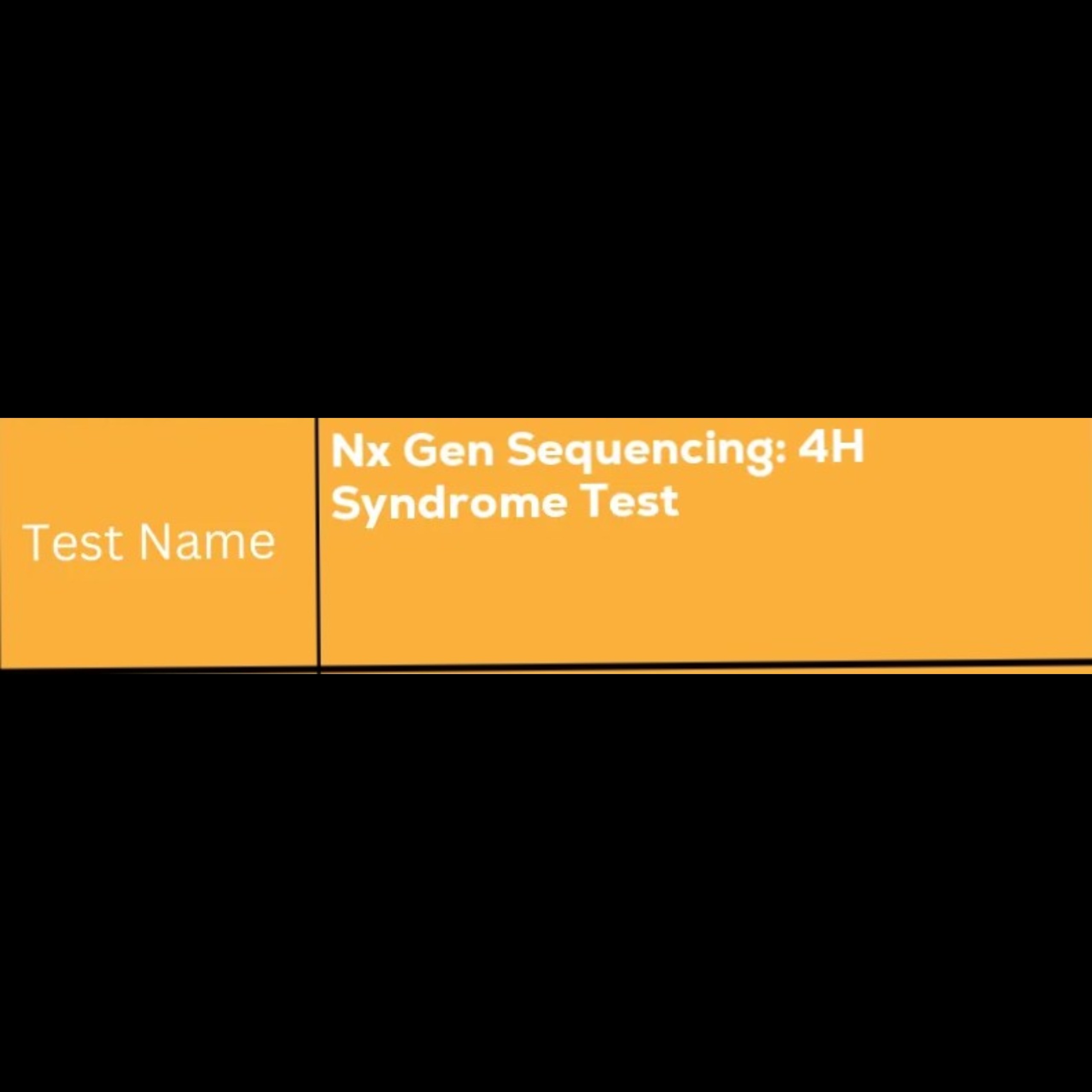
A 4H syndrome gene panel via Next-Generation Seque...

A 4H syndrome gene panel via Next-Generation Sequencing (NGS) is a diagnostic tool used to identify mutations in genes responsible for 4H syndrome, a genetic disorder characterized by hypomyelination, hypodontia, and hypogonadotropic hypogonadism. Specifically, it focuses on genes like POLR3A, POLR3B, POLR1C, and POLR3K which are associated with 4H syndrome. Elaboration: 4H Syndrome: This is a rare, progressive hypomyelinating leukodystrophy where individuals exhibit neurodevelopmental delays, ataxia, dystonia, and other neurological issues. They may also have missing or delayed teeth (hypodontia) and delayed or absent puberty (hypogonadotropic hypogonadism). NGS Gene Panel: This technology allows for the simultaneous analysis of multiple genes, including the ones implicated in 4H syndrome. It's a more efficient and precise method compared to older sequencing techniques, helping to identify specific mutations causing the disorder. Targeted Sequencing: Gene panels are typically targeted, meaning they only analyze specific genes known to be associated with a particular condition. In the case of 4H syndrome, the panel focuses on genes within the POLR3 family and others relevant to the disorder. Diagnosis: By analyzing the genes on the panel, NGS can detect mutations that lead to 4H syndrome. This helps confirm the diagnosis, providing families with a clear understanding of the condition and potentially leading to appropriate management and long-term care planning.
Keywords
Subscribe for latest offers & updates
We hate spam too.


